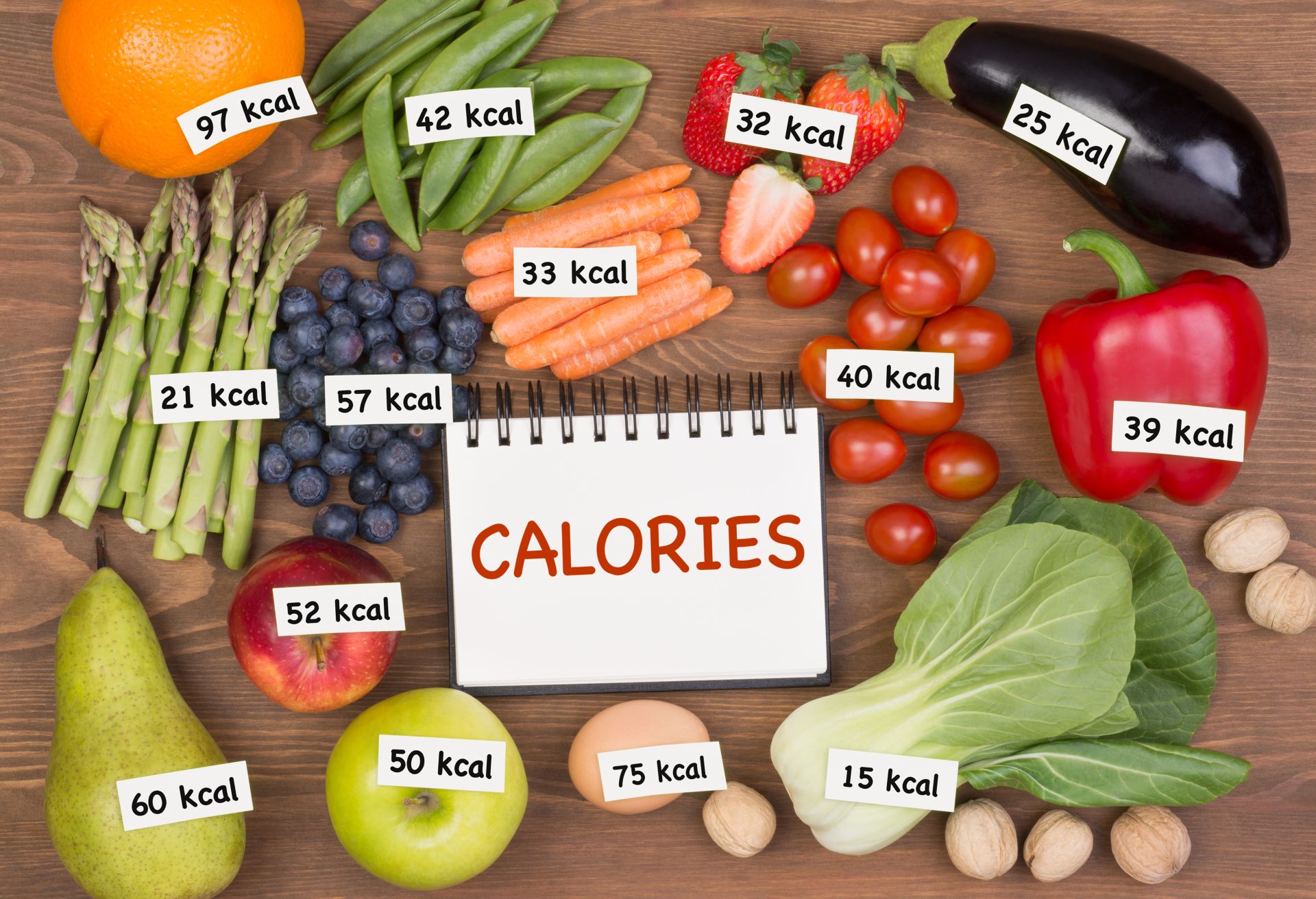Does meal frequency matter?

Until recently, there was a widespread view that healthy eating required eating a minimum of five meals each day to speed up metabolism. Nowadays, it is also increasingly common to encounter opinions that the frequency of meals consumed during the day is of no importance to health and the appearance of the figure. So let's find out which claim is true.
- Does the number of meals consumed in a reduction diet affect the rate of weight loss?
- What frequency of meals consumed during the day will be optimal for reduction?
- Lower frequency of meals consumed during the day does not always mean better
- Meal frequency in people who regularly practice sports
- The number of meals consumed per day - summary
Does the number of meals consumed in a reduction diet affect the rate of weight loss?
The results of some observational studies and randomized clinical trials (RCTs) suggest that a higher frequency of meals per day (e.g., 5-6) may be more effective in reducing body fat than a lower frequency (e.g., 3 meals). In addition, it is indicated that a low frequency of meals per day (maximum 3) may be associated with a higher risk of abdominal obesity. However, there are significant discrepancies in research findings regarding the optimal number of meals in a weight loss diet. For example, the results of a recent meta-analysis of 13 RCTs showed that reducing the frequency of meals consumed during the day by regularly skipping breakfast and increasing fasting time may promote effective weight loss in adults. However, recent scientific reports indicate that there is little strong enough evidence that reducing the frequency of meals consumed during the day (e.g. 1-2) shows beneficial effects on weight loss and waist circumference reduction. It is also not clear from the studies that an increased frequency of meals consumed throughout the day (e.g., 5-6) is necessary to lose weight and maintain a healthy body weight long-term. This means that the number of meals is a strongly individual issue and depends on many factors.
What frequency of meals consumed during the day will be optimal for reduction?
Undoubtedly, it is difficult to unequivocally answer the question of how many meals to eat when the main goal is to reduce body fat. From a practical point of view, all people who are not very physically active with low or moderate daily energy requirements should eat 3-4 nutritious and filling meals per day, rather than 5-6 smaller meals. In a situation where the 24-hour caloric requirement after taking into account the energy deficit (which is, for example, 500-600 kcal) is in the range of 1500-1800 kcal, a lower frequency of meals consumed during the day will work much better. For example, three well-composed, filling and nutritious meals in a reduction diet that contain 500-600 kcal seem to be a much better solution than 5-6 smaller meals providing only 300 kcal. Such an arrangement in people with a 24-hour energy requirement of no more than 1,800 kcal will intensify postprandial satiety, make daily food preparation easier and increase the chances of adhering to the diet in the long term.
Lower frequency of meals consumed during the day does not always mean better
It is worth bearing in mind that irregular consumption of meals in the diet can, in some people, lead to feelings of intense hunger, which reduces attention, worsens mood and increases fatigue and irritability. Excessively long gaps between meals (especially more than 4 hours) can also contribute to hypoglycemia, or lowered blood glucose levels. A negative consequence of low meal frequency during the day (especially improperly balanced meals) can be increased craving and overeating. High cravings increase sensitivity to taste, sight and smell stimuli, so many hungry people tend to reach for high-calorie sweet and also fatty products, including: candy bars, chocolate, pralines, ice cream, marshmallows, cookies and chocolate candies. For this reason, it is advisable to ensure that the intervals between meals consumed are not likely to be longer than 4 hours.

Meal frequency in people who regularly practice sports
The total daily energy requirements of both professional and amateur athletes are usually very high and can even be above 4,000 kcal, depending on body weight and the sport practiced. The frequency of meals consumed during the day is of enormous importance in athletes, and it is imperative to have more meals (a minimum of 5-6) each day to meet the increased demand for energy and nutrients. People who regularly train at the gym 3-4 times a week, whose main goal is to build muscle mass and strength, should eat at least 4 meals rich in protein and carbohydrates every day to intensify muscle protein synthesis (MPS) and ensure adequate availability of muscle glycogen (energy reserves). Athletes in endurance sports (such as road cyclists and long-distance runners) should consume a minimum of 5 high-carbohydrate meals per day due to their very high energy expenditure and strong need to replenish glycogen. Introducing only 2-3 meals per day in the diet of regular athletes is a completely impractical solution, as it is extremely difficult to distribute the sample 4,000 kcal into such a small number of meals, in addition to which it may cause unnecessary gastrointestinal complaints.
The number of meals consumed per day - summary
The frequency of meals consumed per day is of great importance, although there is no single proven recipe for all people, as it is highly individual and depends on many factors. However, it seems that regular consumption of 3 to 6 meals each day is a good solution for the vast majority of people. People with mainly sedentary lifestyles who have relatively low energy needs may consume fewer meals per day. Meal frequency, on the other hand, should be higher for all people engaged in competitive as well as recreational sports, who have high daily energy requirements. More meals will help meet the high energy needs of athletes, and have a beneficial effect on the process of muscle protein synthesis (MPS) and the rate of post-workout recovery.
Sources:
-
Schwingshackl L, Nitschke K, Zähringer J, et al: Impact of Meal Frequency on Anthropometric Outcomes: A Systematic Review and Network Meta-Analysis of Randomized Controlled Trials. Adv Nutr. 2020 Sep 1;11(5):1108-1122.
-
Wang X, Hu Y, Qin LQ, et al: Meal frequency and incidence of type 2 diabetes: a prospective study. Br J Nutr. 2022 Jul 28;128(2):273-278.
-
Paoli A, Tinsley G, Bianco A, et al: The Influence of Meal Frequency and Timing on Health in Humans: The Role of Fasting. Nutrients. 2019 Mar 28;11(4):719.
-
Manoogian ENC, Chaix A, Panda S.: When to Eat: The Importance of Eating Patterns in Health and Disease. J Biol Rhythms. 2019 Dec;34(6):579-581.
-
Abdollahi S, Kazemi A, de Souza RJ, et al: The effect of meal frequency on biochemical cardiometabolic factors: A systematic review and meta-analysis of randomized controlled trials. Clin Nutr. 2021 May;40(5):3170-3181.
-
Schoenfeld BJ, Aragon AA, Krieger JW.: Effects of meal frequency on weight loss and body composition: a meta-analysis. Nutr Rev. 2015;73(2):69-82.
-
Papakonstantinou E, Kontogianni MD, Mitrou PG, et al: Effects of 6 vs 3 eucaloric meal patterns on glycaemic control and satiety in people with impaired glucose tolerance or overt type 2 diabetes: A randomized trial. Diabetes Metab. 2018 Jun;44(3):226-234.
 ⮜ Previous article
⮜ Previous article
Calories - to count or not to count?
 Next article ⮞
Next article ⮞